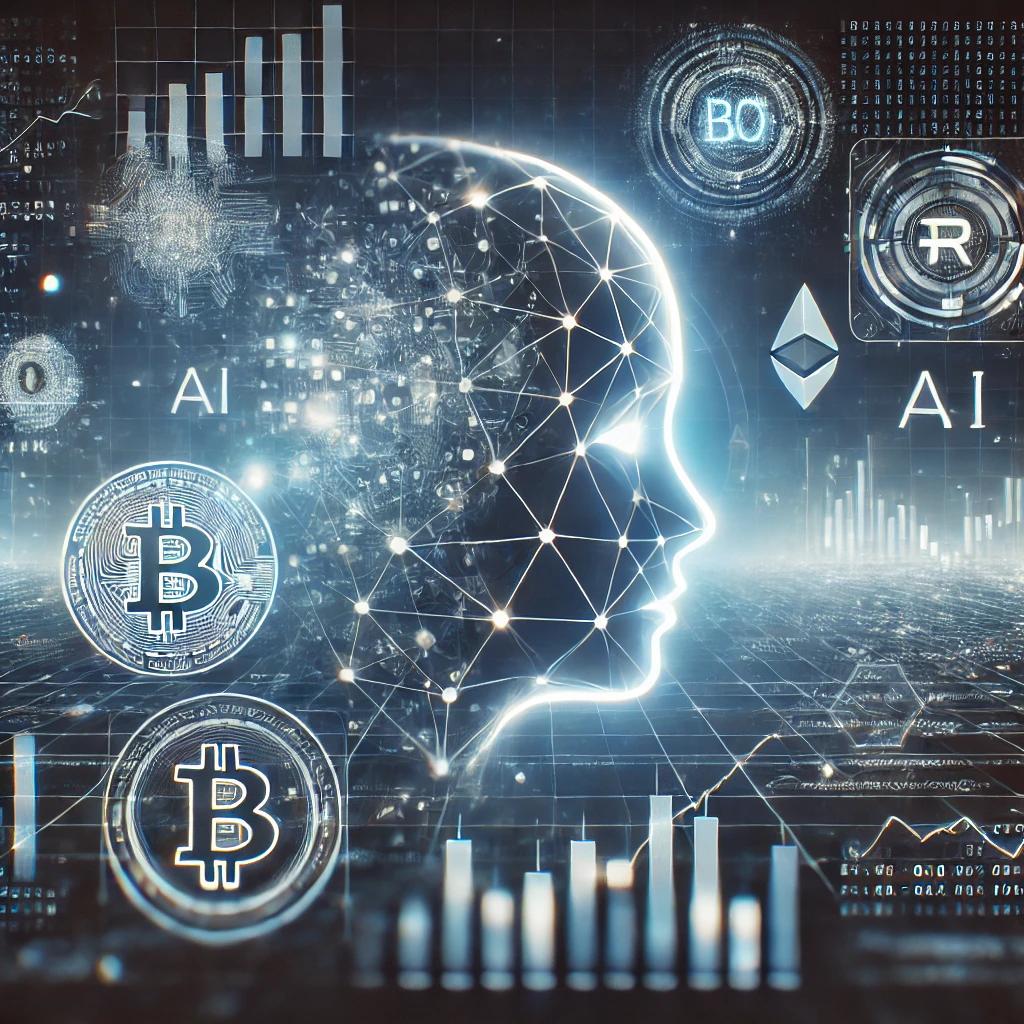Artificial Intelligence (AI) is rapidly transforming the trading landscape, offering tools for data analysis, trade automation, and more accurate forecasting. Today, AI helps both beginner and professional traders respond quickly to market changes and minimize risks. In this article, we’ll explore how future technologies are shaping financial markets and the benefits they bring to traders.
1. Automating Trading with AI
What are Trading Bots?
AI-powered trading bots analyze market data in real-time, identify optimal entry and exit points, and execute trades automatically. This saves traders time and removes emotional decision-making from the equation.
Advantages:
• Speed: AI analyzes data and reacts to changes faster than humans.
• Availability: Bots operate 24/7, especially useful in cryptocurrency markets.
• Error Minimization: Eliminates emotional influences like fear and greed.
Example:
An AI-powered bot analyzes Bitcoin’s behavior over the past five years, identifies patterns before price spikes, and recommends entering trades only under specific conditions.
2. Data Analysis and Forecasting
AI processes vast amounts of data, including historical charts, news, and even social media, uncovering patterns invisible to the human eye.
Applications of AI in Forecasting:
• Technical Analysis: AI analyzes charts and builds prediction models.
• Fundamental Analysis: AI processes news and economic reports to assess their impact on assets.
• Social Analysis: Algorithms evaluate tweets, posts, and other data to gauge market sentiment.
Example:
AI uses Google Trends and Twitter data to measure the popularity of cryptocurrencies and its influence on short-term trends.
3. Revolutionizing Algorithmic Trading
AI technologies enable the creation of complex algorithms for automated trading.
• Scalping Algorithms: Quick trades on small timeframes.
• Arbitrage Algorithms: Exploiting price differences across platforms.
• Trend Strategies: Identifying long-term trends with minimal risks.
How It Works:
AI analyzes real-time data, detects anomalies, and generates precise signals based on them.
4. Risk Management with AI
AI helps traders manage risks by predicting potential losses and suggesting mitigation strategies.
• Calculating risk levels for each trade.
• Automatically setting stop-loss and take-profit levels.
• Diversifying portfolios based on asset volatility.
Example:
AI allocates capital among stocks, cryptocurrencies, and bonds, reducing overall portfolio risk.
5. Limitations and Risks of Using AI
Despite its advantages, AI has limitations:
• Data Dependency: The accuracy of predictions depends on the quality of input data.
• False Signals: AI may provide inaccurate forecasts in volatile markets.
• High Competition: Widespread use of AI can reduce the effectiveness of certain strategies.
6. The Future of AI in Trading
AI will continue to evolve, offering traders new possibilities. Future trends include:
• Blockchain Integration: Simplifying transaction analysis and enhancing security.
• Quantum Computing: Accelerating data processing speeds.
• Personalized AI Bots: Developing tailored solutions for individual traders.
Conclusion
AI opens new horizons for trading, enabling traders to work more efficiently, quickly, and accurately. Automating trades, analyzing data, and managing risks with AI make markets more accessible, even for beginners. However, it’s crucial to remember that AI is a tool, not a guarantee of success. Use it in combination with proper risk management and your own market analysis.
💡 Want to learn more about AI in trading? Subscribe to our website and stay updated with the latest insights!



